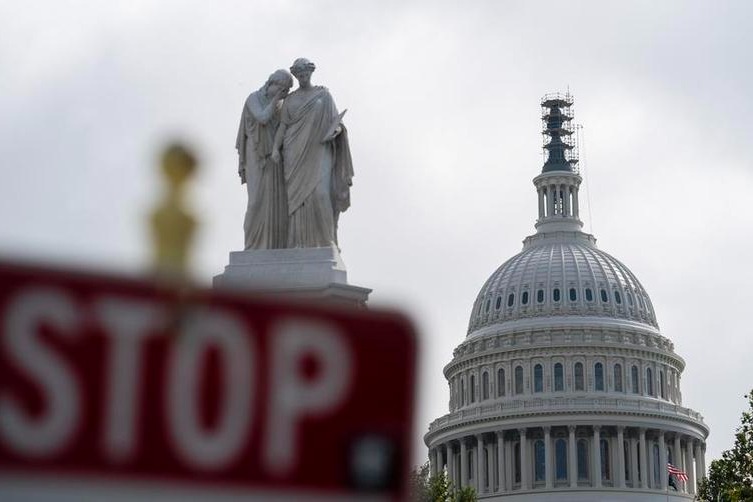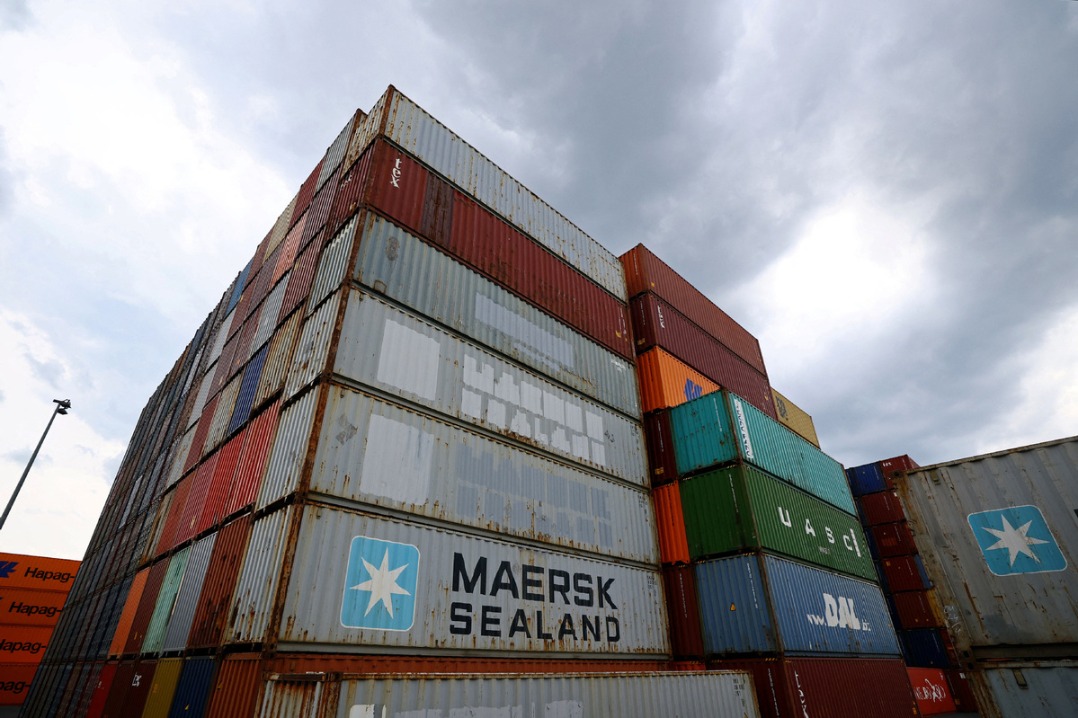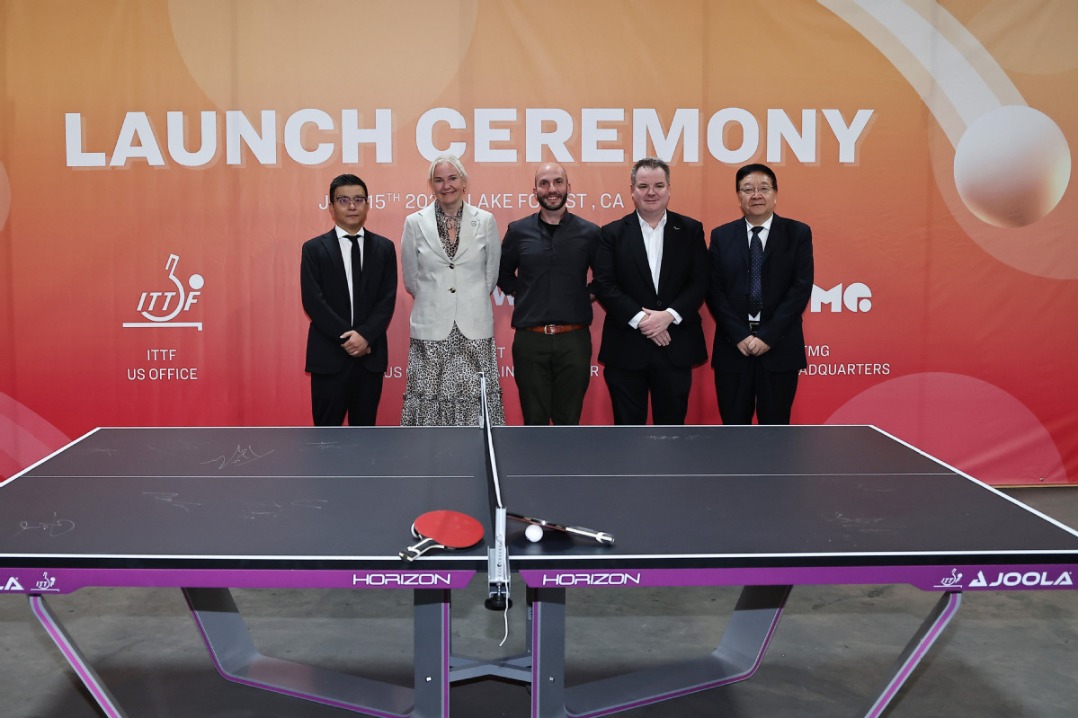In the US/China trade battle, it is vital to separate truth from fiction


Ambassador Liu Xiaoming contributes an article entitled In the US/China trade battle, it is vital to separate truth from fiction to The Daily Telegraph
On 27 June 2019, The Daily Telegraph carried an article by Ambassador Liu Xiaoming entitled In the US/China trade battle, it is vital to separate truth from fiction. The full text is as follows:
In early June, the Chinese government published a white paper setting out its position on the ongoing economic and trade talks between China and the United States. The paper offered firm evidence that US negotiators had heightened economic and trade frictions and backtracked in the talks. It reaffirmed China's desire to engage in credible consultations, based on equality and mutual benefit.
The document exposed three lies by answering three questions. Firstly, is America losing out in its trade with China? This is easily debunked. The allegedly "huge trade deficit" which underpins common claims that "America loses $500 billion to China every year" and that "millions of US manufacturing jobs are lost" as a result, is not just an exaggeration but a distortion of the causes for the deficit, and completely ignores the mutually beneficial nature of bilateral trade.
America's trade deficit is - first and foremost - caused by excessive consumer spending, low savings and a huge fiscal deficit, not trade with China. After removing the usual 20 percent error from the US published figures for trade in goods and taking into account America's enormous service trade surplus, the true deficit with China amounted to $150 billion in 2018 - a fraction of some of the wild exaggerations sometimes claimed.
Trade between our two nations brought huge benefits to the foreign companies in China which account for half of China's trade surplus with the US. In 2017, American businesses in China made more than $700 billion worth of sales, and $50 billion worth of profits. American consumers also benefit from the quality and affordable Chinese products.
Mainstream think tanks in the United States have for years suggested that the decline of manufacturing jobs results from higher US productivity, a natural outcome of technological progress and upgraded economic structure. It is simply wrong to view the existence of a trade deficit as evidence that America is somehow being "taken advantage of" by China.
Secondly, have the tariff measures been successful? To believe this is to engage in self-deception. Common knowledge and the international consensus dictate that there are no winners in trade wars, and yet American politicians continue to argue that "tariffs will bring cash home" - claims which fly in the face of data and facts.
The imposition of tariffs is causing serious harm to the businesses and ordinary people forced to bear the cost of these measures. In 2018, exports of American agricultural produce to China decreased by 33.1 per cent year-on-year, including a 50 per cent drop in soybeans. Many American farmers fear that they will lose access to the Chinese market which they have been cultivating for nearly 40 years.
The US think tank Trade Partnership estimates that if the US imposes 25 per cent additional tariffs on all imported Chinese goods, US GDP will decrease by 1.01 per cent, at a cost of 2.16 million job losses and an additional annual burden of $2,294 for a family of four.
Furthermore, sweeping US tariff measures show a total disregard for the authority of the World Trade Organisation and its dispute resolution system. Instead they encourage counter measures from trading partners. All of this will disrupt the global trading order, undermine international market confidence, and thwart world economic recovery.
The International Monetary Fund in its World Economic Outlook report published in April marked down its projection of global economic growth for 2019 from the 2018 estimate of 3.6 per cent to 3.3 per cent, an indicator of the effects of economic and trade frictions.
Thirdly, has China gone back on its words? Absolutely not. During the 11 rounds of consultations, there have naturally been twists and turns, but this does not justify the accusations from some American politicians that China is "breaking promises" or "stalling".
A brief review of the talks over the past year or so make it clear who is backtracking on bilateral agreements. On May 19, 2018, our two nations reached a consensus of "no trade war" via a joint statement, only for it to be unilaterally scrapped by the United States ten days later. At the last G-20 meeting in Argentina, the Presidents of the two countries agreed to stop imposing new tariffs to create the necessary conditions for talks. But just as discussions were underway, the United States once again picked up the "tariff club".
Before a final agreement is reached, whatever happens at the negotiation table is but a part of the bargaining process. It is therefore significant that, in the face of intimidation, coercion and exorbitant demands, China has remained committed to working with the US towards the same goal and reaching an equal and mutually beneficial agreement based on respect for one another. However, goodwill and sincerity should not be mistaken for weakness. China cannot be expected to back down on major issues of principle or compromise on its national sovereignty, security or development interests.
As the European proverb goes, "Falsehood, like a nettle, stings those who meddle with it". In face of the gathering clouds of trade war in North America, Asia and Europe, it is time for the "silent majority" to muster the courage to expose the lies of the American politicians, oppose trade bullying, and stand up against protectionism and unilateralism. If the world economy is to stay open and outward-looking, and work in the interests of all, then the authority of the World Trade Organisation must be upheld.

































